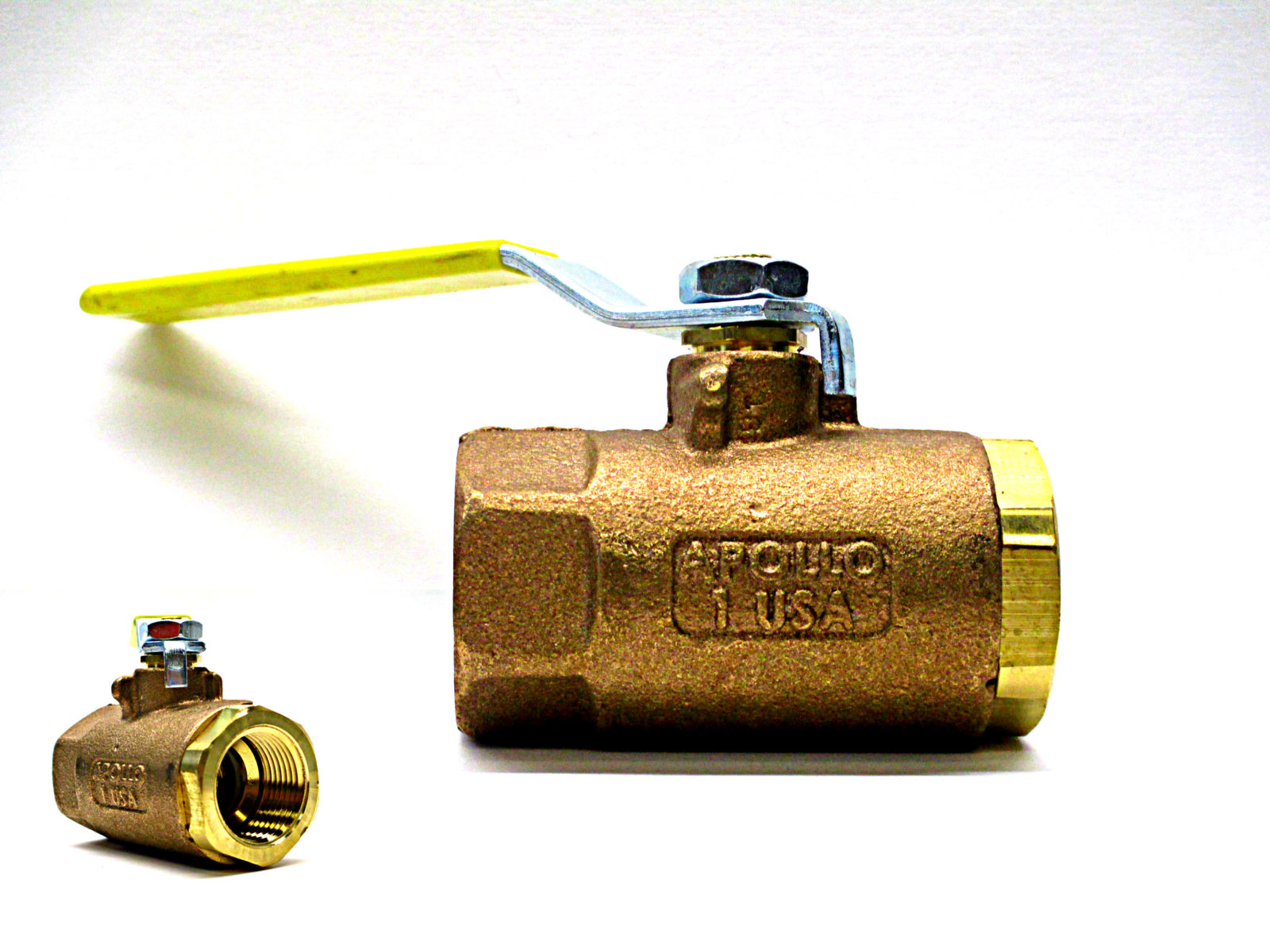Closing the Water Main: A Homeowner's Handbook
Closing the Water Main: A Homeowner's Handbook
Blog Article
Everybody seems to have their private rationale in relation to How to Turn off the Water for Plumbing Repairs.

The most typical locations a water main will certainly be found in residence remains in your boiler room, cellar, or a removed panel in an area for your home.
Once you discover the water pipe you will merely turn the shutoff clockwise to close all the water off in your home until you have finished the repair work. Some homes will have a ball valve with a bar that you can draw instead of rely on shut the water off.
If you try to shut the water off to your components by utilizing an angle quit which doesn't work you will have to shut of the water main to make your fixing. There are additionally several various other reasons you may need to close the water pipe like fixing icy pipes, repairing leaks, changing components or faucets.
Many people are not aware that they also have a water pipe shutoff right in their very own house and just call a plumber of never wind up doing the repair work up until things get truly poor since they just do not know that closing the water pipe is actually very easy.
WHERE IS MY MAIN WATER SHUT-OFF VALVE?
Gate Valve – This has a dial (round handle). Slowly turn the handle clockwise (to the right) to close it. When you turn the handle, do not apply excessive force or jerk the handle. This can bend and damage the gate or snap the valve stem causing the valve to break in either the open or closed position. Ball Valve - A ball valve has a lever (long handle). If the lever is in line with the pipe, then the valve is open. If the lever is perpendicular to the top, the valve is closed. Remember, when opening or closing these valves, go slowly. Important Note: When a valve is quickly closed on water moving at high pressure through pipes, it can cause shock waves through the plumbing that create a hammering sound. Under high enough pressure, water hammer can cause a pipe to weaken and break. For that reason, turn the ball valve lever slowly to avoid damage from water hammer. Most times, the gate valve will be missing and if the handle is there, chances are once you turn it off, it won’t turn back on. Be sure to call this in so the technician can get that replaced for you to get you going again after the repairs are made. Now that you know what these look like, keep reading to help locate yours.
Where to find the main shut-off valve
Most homes have one main valve and a second shut-off for just the water heater. On the front yard-side of the house, you will find the main shut-off valve under the water hose connection. This valve will shut down the whole-house water supply. Sometimes the main shut-off valve is in the same area above, just buried in the ground. Are you in a condo? It is typically located by the water heater. When purchasing your home, an inspection report is supplied, including the location in the plumbing section of the report. It may include a photo of the valve for you. Your fixture might have a separate shut-off valve
Valves on fixtures need extra gentle hands, and if you need to close one, be extremely careful. Our senior technician tells us, “8 out of 10 of these stop valves will be seized up and won’t work.” If you try to force it closed, it will break.
All valves should be exercised a few times per year to prevent this. Also, installing a water softener will extend the life of valves and any other fixtures in the home, such as water heaters, faucets, and dishwashers. Below is a list of typical fixtures that have their own shut-off valve:
Water Heater – These always have a shut-off valve. If your tank has two valves, find the one which brings in cold water and turn it off slowly. Toilet – On the wall your toilet sits against, there will be a small valve. It is usually located below the bowl and should be turned gently (clockwise) to stop the flow of water. Sink – Underneath the sink will be a small shut-off valve. During a pipe or faucet leak, turn the handle clockwise to suspend any water from leaking. Washing Machine – Behind every washing machine should be two valves (and sometimes a lever). Both valves should be turned clockwise. If it’s a lever, turn it in the opposite direction in order to stop the water flow. You may have to move your washing machine to find them. Bathtub – Some bathtubs have exposed plumbing and will also have a shut-off valve clearly visible. Turn both valves clockwise. https://www.davidgrayonline.com/blog/where-is-my-main-water-shut-off-valve/

Do you like reading up on How to Turn off the Water for Plumbing Repairs? Put a review below. We would be delighted to hear your opinion about this blog entry. We hope that you come back again soon. Sharing is nice. Helping people is fun. I am grateful for your time. Visit us again soon.
Free Estimate Report this page